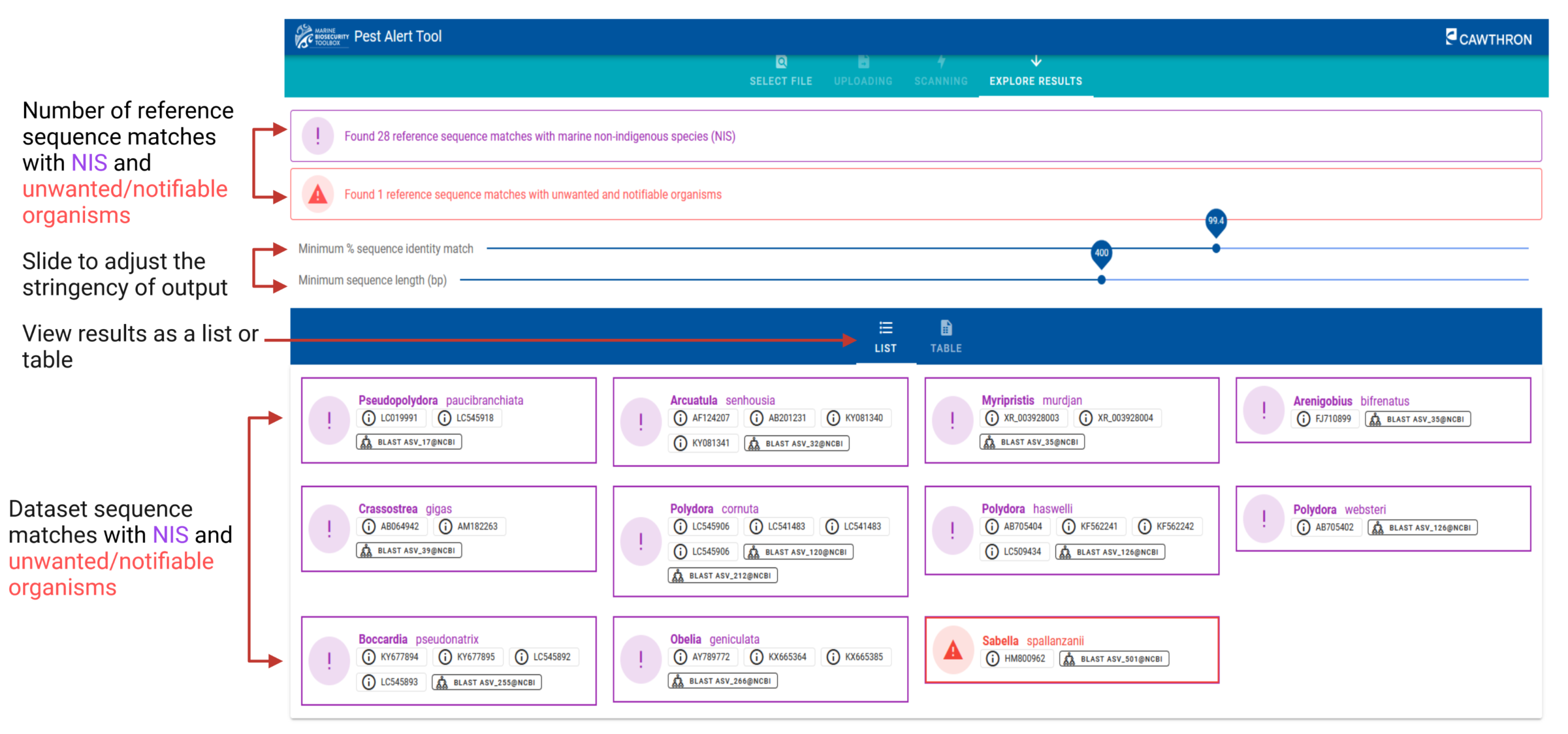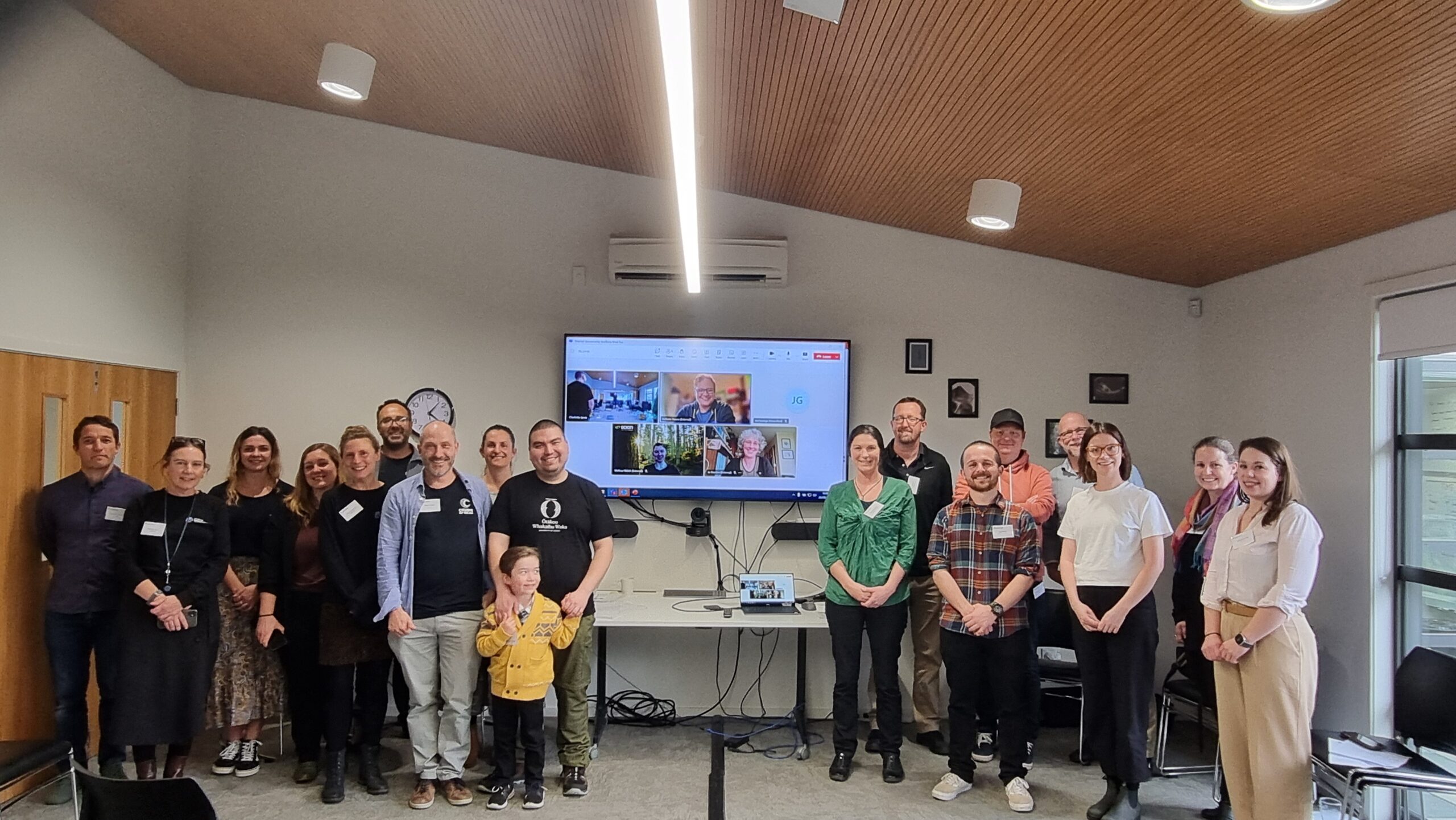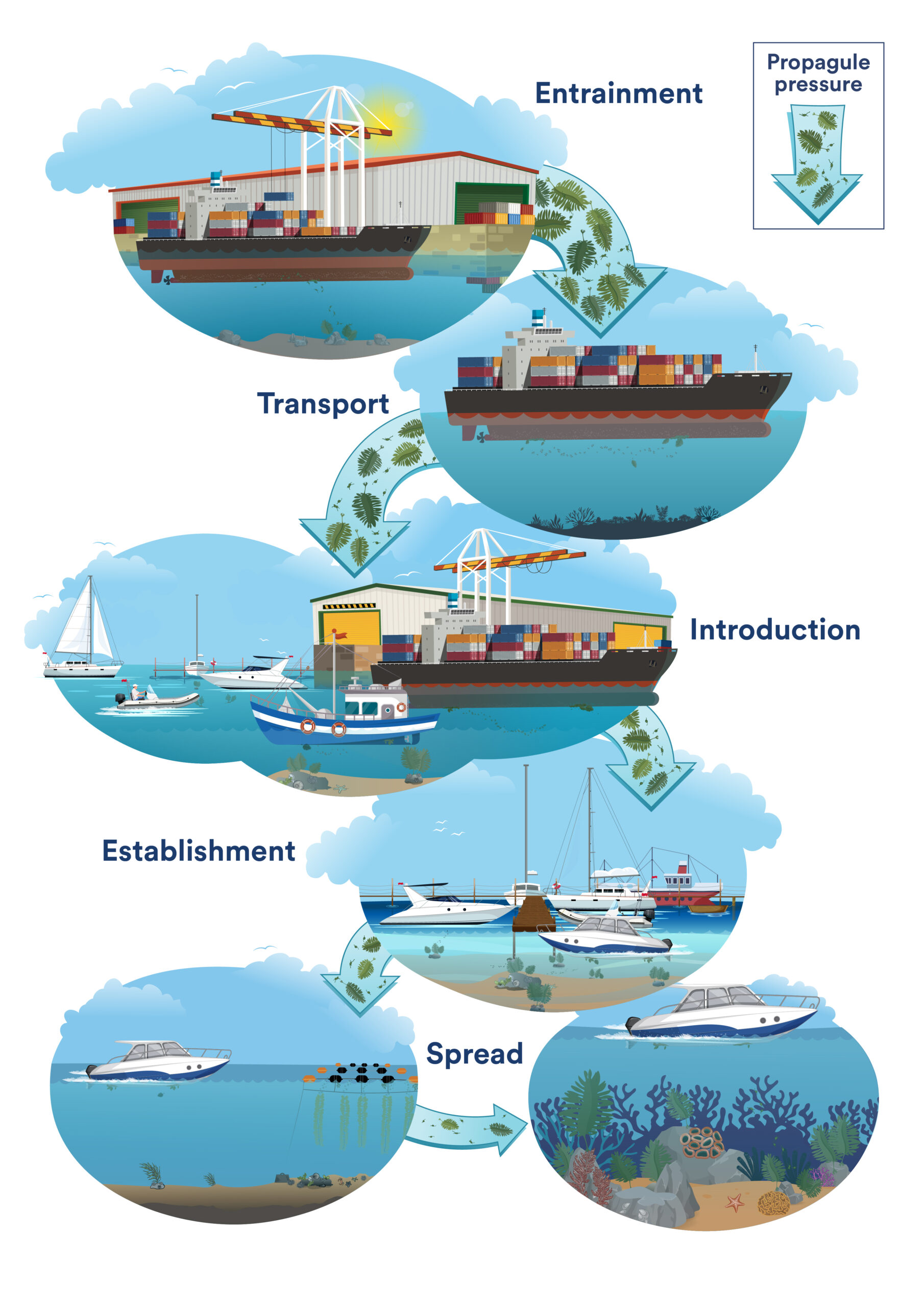Last year over 700 boat owners who have non-trailered boats moored in marinas around Aotearoa…
Pest Alert Tool—a web-based application for flagging species of concern in metabarcoding datasets
Advances in high-throughput sequencing (HTS) technologies have revolutionized the field of environmental DNA (eDNA) metabarcoding, allowing for comprehensive biodiversity assessments in various ecosystems. The increasing affordability of HTS has further expanded its application, enabling even non-scientists to collect eDNA samples and send them to specialized laboratories for analysis. This has opened up unprecedented opportunities for biodiversity assessments across wide temporal and spatial scales. However, the vast amount of data generated by metabarcoding also poses challenges in terms of quality assurance and the identification of species of concern.
To address these challenges, researchers have developed the Pest Alert Tool, an online server/application specifically designed for screening HTS datasets for marine non-indigenous species (NIS) and unwanted or notifiable marine organisms in New Zealand. The tool utilizes a curated list of species of interest and employs the CRABS algorithm for the automatic generation and update of a reference database. Users can submit their FASTA files and filter the output based on minimum sequence length and identity match. The tool also provides a phylogenetic tree generation feature for additional verification of species detection.

We anticipate that the Pest Alert Tool will serve as a valuable resource for marine eDNA practitioners, environmental managers, and biosecurity practitioners, enabling them to rapidly screen sequence data pre- and post-publication, thereby improving the quality assurance standards of HTS data. It not only aids in detecting species of concern but also facilitates retrospective analysis of existing datasets to establish or verify the baselines of NIS incursions and distribution. Moreover, the tool has the potential for broader applications beyond New Zealand, as it can be customized for other regions, species of interest, and metabarcoding markers. With collaborative efforts and the expansion of reference sequence databases, the tool can be further enhanced to include indigenous biodiversity and track unwanted detections, providing valuable information for biosecurity management and decision-making.
The further development will include merging the Pest Alert Tool with the exPAT, pest reporting app from molecular data, the prototype of which has been recently deployed on a staging website and is being tested by end-users now.
The Pest Alert Tool can be accessed here.
A peer-reviewed paper on the technical development of the tool can be accessed here.




Comments (0)